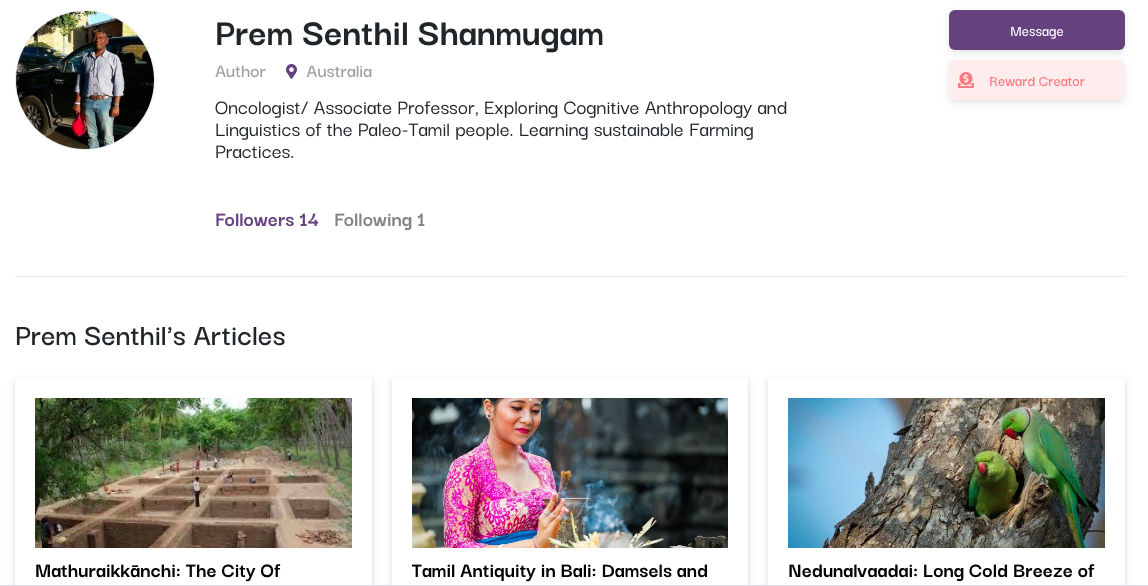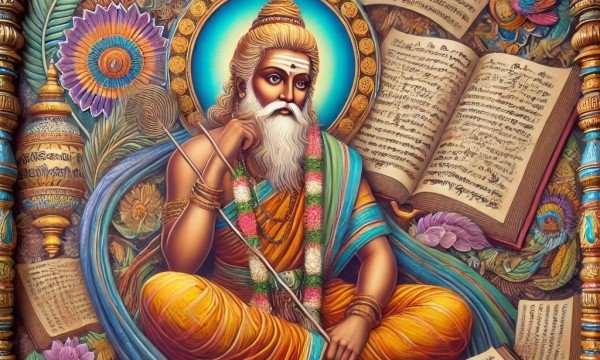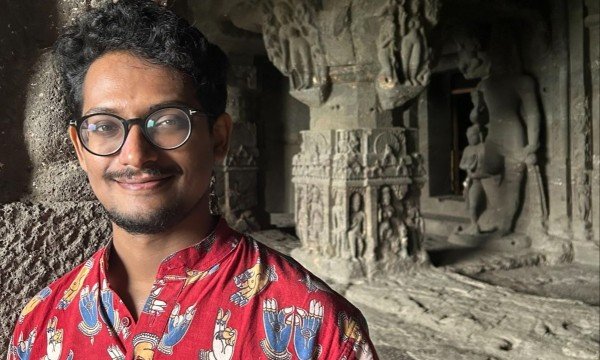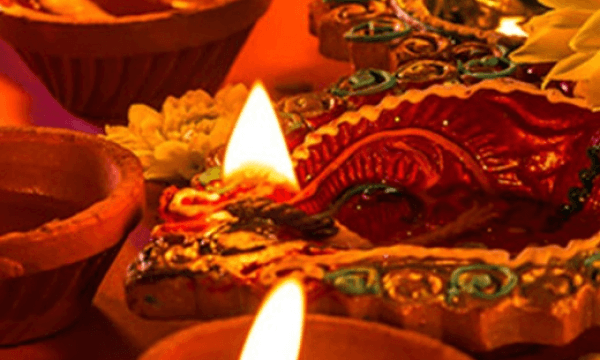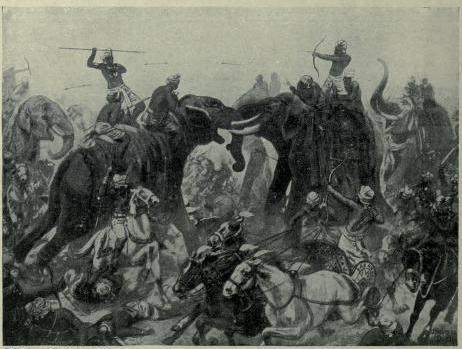
The names of the seven kings were recorded as Maanthrancheral, Cholan Perunarkilli, Thithiyan, Ezhini, Erumaiyuran, Irungkovel and Perunan. They were killed in war and their royal drums were seized. They were taught a lesson for they had all underestimated Nedunchezhian’s capability.
Nedunchezhian was constantly engaged in battles that involved many conflicting and resisting forces surrounding him at that time. At least ten armed engagements have been recorded in Sangam literature, and he emerged as a victor in all of them.
The most famous of all his victories was the Thalaiyalangaanam battle. This battlefield is currently identified as Alangaanam in the Thiruvarur district of Tamil Nadu. In this battle, he engaged the Chera, Chozha and five other confederate armies belonging to various subordinate kings. The names of the seven kings were recorded as Maanthrancheral, Cholan Perunarkilli, Thithiyan, Ezhini, Erumaiyuran, Irungkovel and Perunan. They were killed in war and their royal drums were seized. They were taught a lesson for they had all underestimated Nedunchezhian’s capability.
He was called after this battle in history to differentiate from the other Nedunchelzhian I, who is known as Arya Padai Kadantha Pandya Nedunchezhian meaning the Pandyan Nedunchezhian, who field marshalled the Aryan garrison in the north.
Nedunchezhian I is the king who wrongly convicted the Kovalan to death in Silapathikaaram. When Kannaki brought this injustice done to her to his court, he realized the oversight and collapsed to death in his royal court chamber. His wife followed him in this ordeal and died too. This is another example of the Tamilar Aram.
Nedunchezhian II was in a perpetual warring state with many kings who were known to have a great deal of natural resources. This resulted in a surplus for the maritime trade. The places he conquered include Mudumalai range, Kutralam range, Muduvelliali and Nellin Ur known for its forest produce. He also engaged the seafaring kings of the ancient coastal Tamil country to have greater access to seaports and sea produce.
Nedunchezhian II was known to be seated high in his kadumpakattu yaanai – a type of elephant known for its swift movements in the battlefield – while engaging combatants who were seated on horses. He is adorned with many titles in Sangam literature, mostly after the chariots and elephants he possessed.
According to Tenkasi Subramanian, a Tamil scholar and Tamil historian, Thazhumban Paandimaadevi is the Queen to Nedunchezhian II, and is the lady protagonist in the Tamil Sangam classic Nedunalvaadai.
Follow Prem on TC for more great articles on Tamil history and heritage!
Madurai Kanchi and Nedunalvaadai
There are two Sangam poems glorifying Thalaiyaalangaanathu Seruvendra Pandiya Nedunchezhian. The first one was sung by the chief Bard Maangudi Kizhaar Maruthanaar and the second by Madurai Kanakaayar’s son Nakeerar.
Madurai Kanchi describes the ill effects of war on the people and the land. It speaks of the life of the people living in the Pandyan Nedunchezhian capital city and his valor and charity.
In the second poem, Nedunalvaadai describes his duty at the war front and campsite on the battlefield, while also explaining the details of his queen spending time in isolation waiting for the king to return with good news. It also describes the cold breezy season of the ancient Tamil country and its effect on the people.
Both of these works of literature need to be considered as anthropological work on the Tamil people who lived 2500 years ago. As a continuation of this work, I intended to pen Part III (Nedunalvaadai) and Part IV (Madurai Kanchi) for your reading pleasure.




